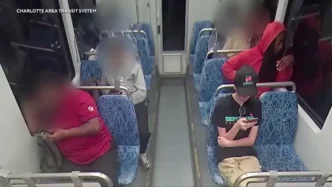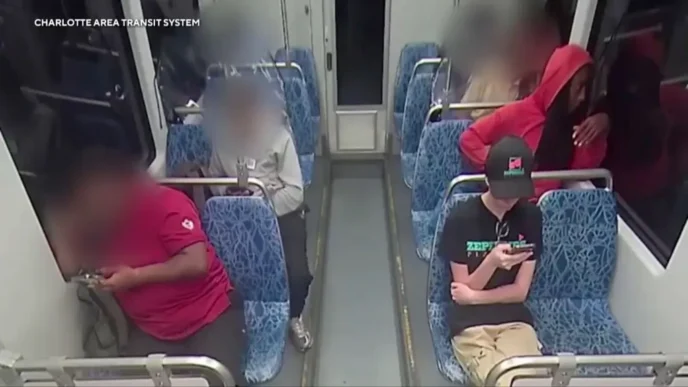The NCAA Playing Rules Oversight Panel has given its final approval to a new regulation aimed at curbing the practice of football players faking injuries to manipulate the game clock. This change, announced on Thursday, will take effect starting this season. Under the new rule, if medical personnel need to assess a player for an apparent injury after the ball has been spotted for the next play, the player’s team will be charged a timeout. Should the team lack available timeouts, they will incur a five-yard delay-of-game penalty.
Feigning injuries has increasingly become a strategic tactic used by defenses to disrupt the momentum of fast-paced offenses or by offenses to avoid penalties and gain additional timeouts. The NCAA Football Rules Committee has long been concerned with such practices. Prior to the 2021 season, a system was established that allowed schools or conferences to request postgame video reviews to evaluate suspicious injury claims. If a player is determined to have simulated an injury, the player’s team could face disciplinary actions from their conference.
Additional changes include an adjustment to overtime timeout rules. Starting with the third overtime period, teams will have one timeout for the remainder of the game, unlike the previous system which allowed one timeout per overtime period. In these situations, teams will alternate two-point plays until a winner is determined. Furthermore, a change in the terminology used during video reviews will now see referees stating that a call is either “upheld” or “overturned,” removing the terms “confirmed” and “stands.”
There are also modifications to kick and punt formations. To qualify as a scrimmage kick formation, no offensive player is permitted directly in line with the snap to the potential kicker or within the snapper’s frame. If not in this formation, a team must have five players numbered 50 through 79 on the line of scrimmage. If the snapper lines up at the end of the line, scrimmage kick protection is lost, allowing the opposition to position a player over the snapper. Additionally, should any kickoff-return team player make a “T” signal with his arms during the kick, the team forfeits the right to return the kick, stopping the play immediately.
Defensive players are prohibited from mimicking offensive signals with similar sounds or cadences. Terms like “move” and “stem” are restricted to defensive players and cannot be used by the offense. After the two-minute timeout in either half, if a defensive team fields 12 or more players and they all participate in the play, a five-yard penalty will be enforced, with the offensive team having the option to reset the game clock to its start time for that play. If the additional player is attempting to exit the field and does not influence the play, the defense incurs a five-yard penalty without a game clock adjustment. Furthermore, coach-to-player communication, previously implemented in the Football Bowl Subdivision, will now be extended to the Football Championship Subdivision.
Impact on Daily Life
For football fans and teams, these rule changes may lead to more strategic play and fewer interruptions due to feigned injuries. This could enhance the viewing experience by ensuring a more fluid and genuine pace of play. Teams will need to adjust their strategies, placing a higher emphasis on player endurance and fitness to maintain performance without relying on disrupting opponents’ rhythms through feigned injuries.
Coaches and players must adapt to these new rules, particularly in terms of managing timeouts and ensuring proper player formations during kicks and punts. Adjustments in communication protocols, especially for the Football Championship Subdivision, could lead to more effective and efficient play calling, potentially increasing the competitiveness of games.
Overall, these changes aim to promote fair play and maintain the integrity of the sport, benefiting both players and spectators by fostering an environment of genuine competition and sportsmanship.












